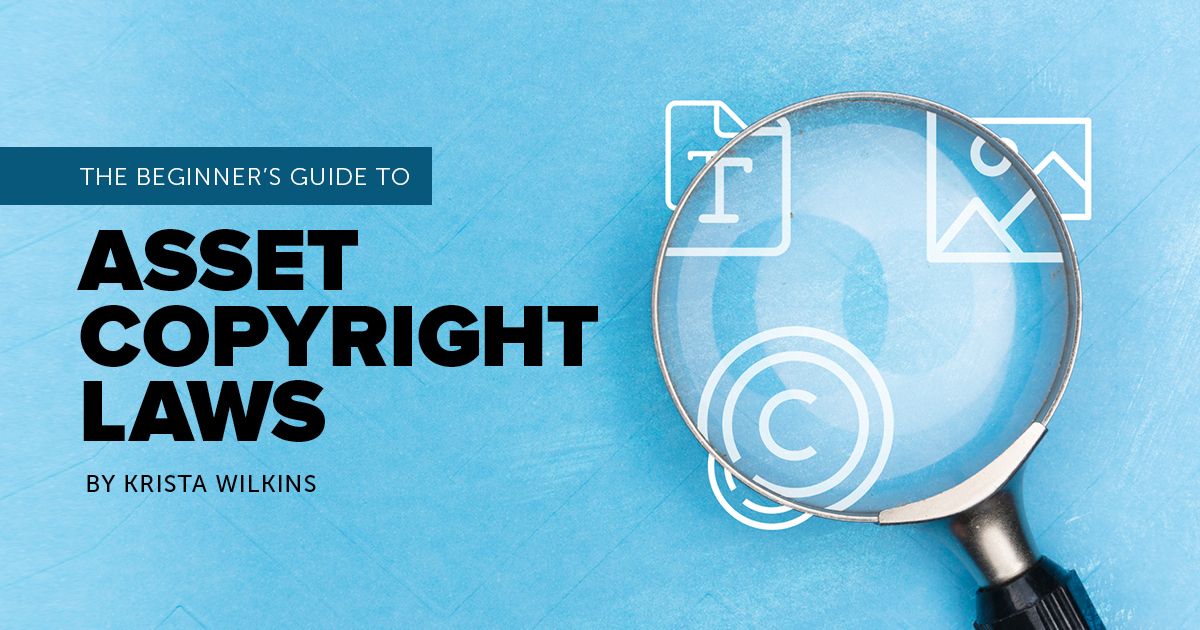The adage “nothing in life is free” holds true for photography and design assets that are used online. These assets can include fonts, illustrations, icons, templates, and more. Even a “free” online image comes with fine print and terms of use.
We’ll help you understand some common copyright terms and what they mean in plain English.
Licenses for Photography, Illustrations, Icons, and Templates
Creative Commons (CC) licenses: This is a set of licenses that allows you to use copyrighted material while the owner retains the copyright of the original work. Here are the different types of CC licenses:
- Attribute By: You are allowed to use the asset but must acknowledge and credit the author. You usually do this by adding their name or link somewhere on your design or page.
- No Derivative Works: You can use the asset, but you can’t alter it in any way. It must remain in its original form. You will need to credit the author.
- Non-commercial: You are only allowed to use the asset non-commercially (i.e., for an educational or artistic purpose). You can't use the asset if it will be used for monetary gain. You will need to credit the author.
- Sharealike: You can use, modify, and display the asset, but you must license your work under the same terms as the original work, and you must credit the author.
If you want to use an asset without attributing it, you’ll probably have to pay for the rights. Here are some different licenses to think about when purchasing.
- Royalty-free (RF): You purchase an asset once and can use the asset as many times as you want. So, if you want a photo for your brochure, website, and social media post, this is probably the way to go. The downside to RF is that the asset is widely distributed and can also be purchased and use repeatedly by multiple people at the same time—so your audience might see the same photo coming from a different organization.
- Rights-managed (RM): You purchase the image and are allowed to use it once, usually within a specific timeframe and sometimes geographically. This assures no one else will have that same asset you are using for your ad or campaign (at that time).
Font Licenses
Font licenses are a little trickier to navigate. Those “free” fonts online are probably demo versions that you’ll have to purchase to download. Once you decide on purchasing, you’ll need to figure out if you need the desktop version, web version, or another type of license. The most common font licenses include:
- Desktop Licenses: Desktop licenses are used for materials that will be printed. You’ll need to figure out how many people will be using the font because most fonts require licenses per computer. For logo creation, you’ll need to dig a little deeper, because some desktop licenses don’t allow for that use.
- Web Licenses: Web licenses are used for websites and anything else online. They’re usually purchased by the view, which is the number of clicks to your site per monthly basis. Other’s might have a time and/or domain limit. Some font foundries also require embedded code on your site so that they can track your web traffic.
Understanding licenses will help you plan your creative budget and keep your organization’s creative legal. LMD’s creative team has lots of experience navigating copyright laws and can help your team create a beautiful, rights-compliant campaign. Contact us.

